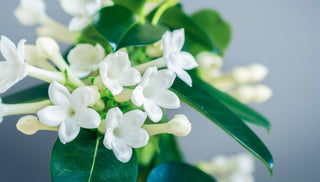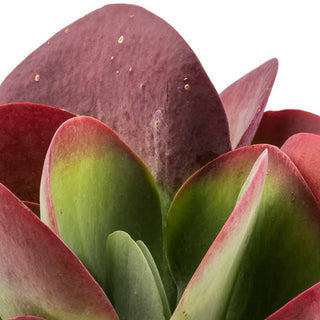☘ Origin: Central and South America.
☘ Botanical Name: Pachira Aquatica, Guiana Chestnut
☘ Family: Malvaceaeis
☘ Common Name: The Money Tree
Symbolism: The braided trunk of the Money Tree is said to be able to trap fortune within its folds. The five leaves typically found on a stalk are said to represent the five elements of balance: earth, fire, water, wind, and metal. Finding a stalk with seven leaves is incredibly rare and also said to bring immense luck to the owner.
🍃 Shop Your MoneyTree Today!
🔆 Light
Position your Money Tree in medium to bright indirect sunlight for at least six hours a day. If you don't have a sunny window that provides enough light, this plant will also adapt and do well under fluorescent and grow lights.
Give your plant a turn every few days to expose all sides to light for even growth from all sides.
💧 Water
Money trees should be watered often and regularly, each time the top inch (2.5cm) of soil is dry. Typically watering money trees should become more frequent in the spring and summer months and less frequent in the fall and winter.
While money trees thrive with lots of water, be careful not to overwater them, as doing so can quickly kill them. The best way to avoid overwatering your plant is to ensure that the potting container and the soil have the proper drainage.
To give your plant the absolute best, room-temperature rainwater and bottled spring water are your best options. Any water containing sugar or salt will hurt your plant!
☁️ Humidity
Money trees appreciate high humidity. Prefers a bit of extra humidity so make sure you increase the humidity around your money tree specially in the winter months with a pebble tray or a humidifier. It will also appreciate regular misting year round using filtered-water.
🌡️ Temperature
Generally, it should be kept in comfortable temperatures between (18-26°C), and not placed near any warm or cold drafts.
🧴️ Food
Feed once a month in the spring and summer when it is producing new leaves with a water-soluble, well-balanced plant food, and bi-monthly throughout the fall and winter. Always make sure the soil is damp before applying any fertilizer.
🐾 Toxicity
This plant is safe for pets, according to the ASPCA.
➕ Additional Tips
The key to growing a money tree indoors is giving it the right amount of light and water. The good news is that it's difficult to overwater money trees, which makes them ideal for people who tend to kill their plants with too much TLC.
Try not to move your Money Tree very often, they prefer to stay in the same spot. If you do need to relocate, you may see a bit of leaf drop. Not to worry, it will adjust.



